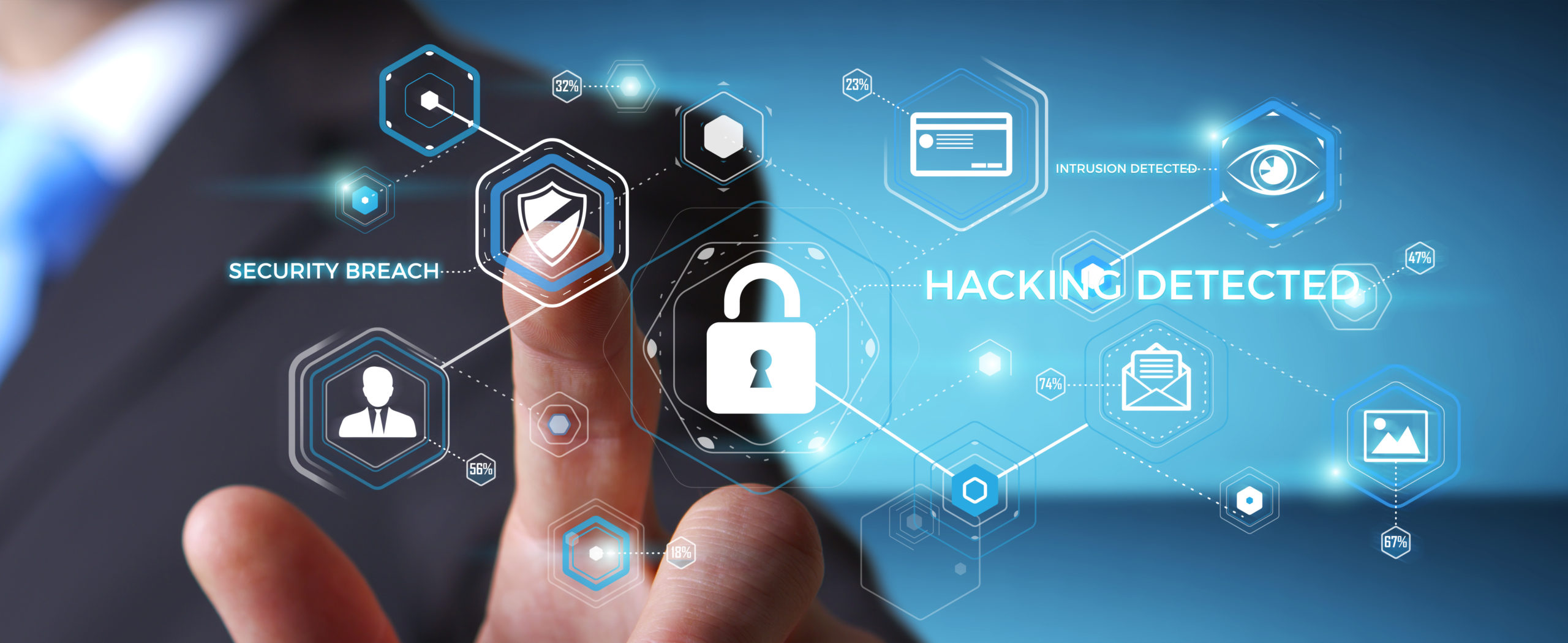In the past, we all used to imagine future cities as mystical places, full of out-of-this-world innovations. The vision of flying cars or transparent metro tubes ignited the imagination and let us dream about the futuristic world awaiting. In a way, the technological revolution was expected to transform the world as we know it completely. The changes are visible mostly on the surface level, in the form of new devices and the modern look of surroundings.
In reality, the revolution occurred rather in the cities’ core, implementing the new systems into the already existing ones. The new digital devices, rather than standing on their own, got intertwined with present pieces of machinery and parts of the infrastructure, which enabled them to provide the same services in a digitally-enhanced and more efficient way.
How Smart Cities Work
Essentially, the smart cities’ technology is based on one crucial feature: connection. Consequently, the technology standing behind smart cities enables connection and smooth cooperation of three components of the city environment: existing systems, new digital technologies, and citizens.
The interaction of available technologies and parts of infrastructure with the new Internet of Things (IoT) devices enabled the creation of a smart city environment with technologically advanced features, such as automatized street lights, cameras, traffic signals, and water meters. Those are all operating according to the data collected from citizens and sensors.
Moreover, smart city residents are also connected to the system through their personal devices, such as smartphones or tablets. That enables them to use digital technology to pay bills, get informed about the official announcements and warnings or public transportation delays. Revolutionary? Of course. But also very risky.
Dangers
There is no doubt that digital technology has brought humanity lots of advantages. However, with its implementation in all areas of life, it has also exposed the world to significant dangers. As cyber threats occur in all places where technology is available, these days, it’s truly impossible to avoid cyber risks, whether in a private or professional environment.
Just think about it: nowadays, even while browsing the Internet, we are constantly reminded to maintain cybersecurity by downloading antivirus software. To maintain its data security and fight ransomware attacks, any big company must implement a control system, encrypt sensitive data, or hire a data protection officer.
However, neither private individuals nor multi-million companies possess as much information and power as smart cities’ systems do. And they encounter the same security challenges! Only in their case, maintaining cybersecurity is much more complicated. Why?
The system of a smart city is based on convergence and integration of all its services. Old and new platforms are interconnected with monitors of processes and devices, enabling automatic adjustment of all city operations. Because of so many links intertwined in the system, the level of risk stemming from cyber threats is exceptionally high and may have severe consequences.
Think about hackers that might break into a city’s warning systems to create disinformation or perform a terrorist attack. Just imagine how easy it can be to steal the personal data and identity of millions of residents who might fall victim to fraudulent purchases. Consider how quick it might be to flood the web and disable users from browsing information by using a Distributed Denial of Service attack.
Unfortunately, all these are already happening. As for now, on a small scale, with a few incidents in some cities per year. However, the technology gets smarter with time, and so do hackers. As a response, smart cities are forced to implement adequate security measures.
Security Measures
There are multiple ways of how a smart city can tackle cybersecurity. The crucial part is realizing the existence of the problem and its consequences. The next step should be coming up with a solid cybersecurity plan.
Adjusting Policy
Maintaining data privacy in an IoT based system requires creating an adjusted policy which covers data security and data use. The policy should be unified across all the links within the system to help employees and users maintain cybersecurity at all times.
Security Testing
To find vulnerabilities within the system, it is recommended to test it by simulating hacker attacks regularly. The process exposes the gaps within the system’s security, enabling the assessment of potential threats and weak links and, consequently, strategically implementing all the necessary prevention measures.
Synchronizing Cybersecurity Standards
Since the smart city systems are composed of multiple links of the same value, it is crucial to synchronize the cybersecurity measures so that all parts of the system are resistant to attacks. For example, to maintain ID security, there should be unified rules for providing access.
A reliable security platform that would cover various systems could unify cybersecurity and equally support all the environments. The platform could analyze and measure the system’s functionality and simultaneously examine what devices or servers are unconnected or malfunctioning.
Conclusion
Smart cities are inevitably growing in population and technological advancements, as well as in possible dangers. With all the benefits coming from the IoT city system, it’s easy to forget about the price of being connected. With all the information that digital devices are provided about us, the threat of sensitive data being exposed and used grows bigger. To minimize the risks, the tech masters supporting smart cities are already working on new security protocols and measures. Will they defend us from possible attacks? All we can do is wait and see.
















